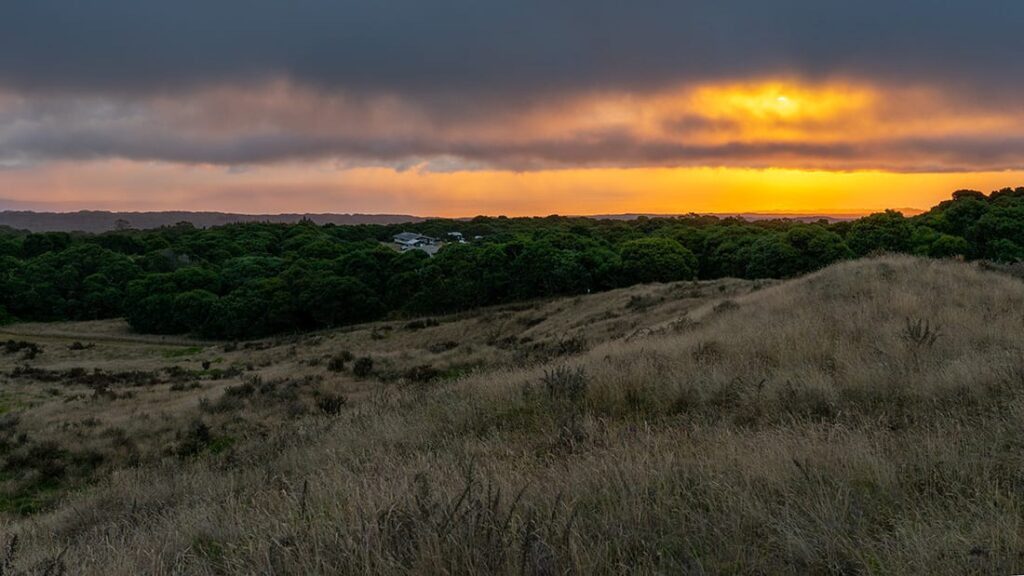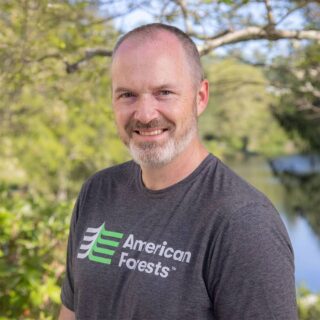Isolated from the rest of the world by 2,000 miles and tens of millions of years, Hawaiian forests are unlike any others on earth. These landscapes have one of the world’s highest percentages of endemic species, with 90% of Hawaiian plants and animals occurring nowhere else on the planet.
Spectacular as they are, Hawaii’s forests are suffering. Over the last few centuries, habitat destruction, invasive species and introduced diseases have wreaked havoc on native flora and fauna, leading to Hawaii’s grim distinction as “the extinction capital of the world.” Now, as climate change tightens its grip, high heat, wildfire, pest outbreaks and extremes of drought and rainfall present new risks to these landscapes.
Safeguarding Hawaiian forests is critical not only for the islands’ rare wildlife, but for their human inhabitants as well. These forests absorb and filter the region’s abundant rainfall, slowly releasing it to the streams and rivers that supply drinking water. Their stunning natural beauty beckons hikers, birdwatchers and outdoor recreationists from around the world.
Since 1992, American Forests has worked to protect and restore Hawaii’s forests and the many benefits they provide. We’ve supported the planting of more than 180,000 trees across 1,100 acres, primarily within Hakalau Forest National Wildlife Refuge — one of the most successful examples of native forest restoration in the world. American Forests has also planted urban trees in Honolulu and funded the raising and release of a group of ʻalalā, the rarest member of the crow family.

